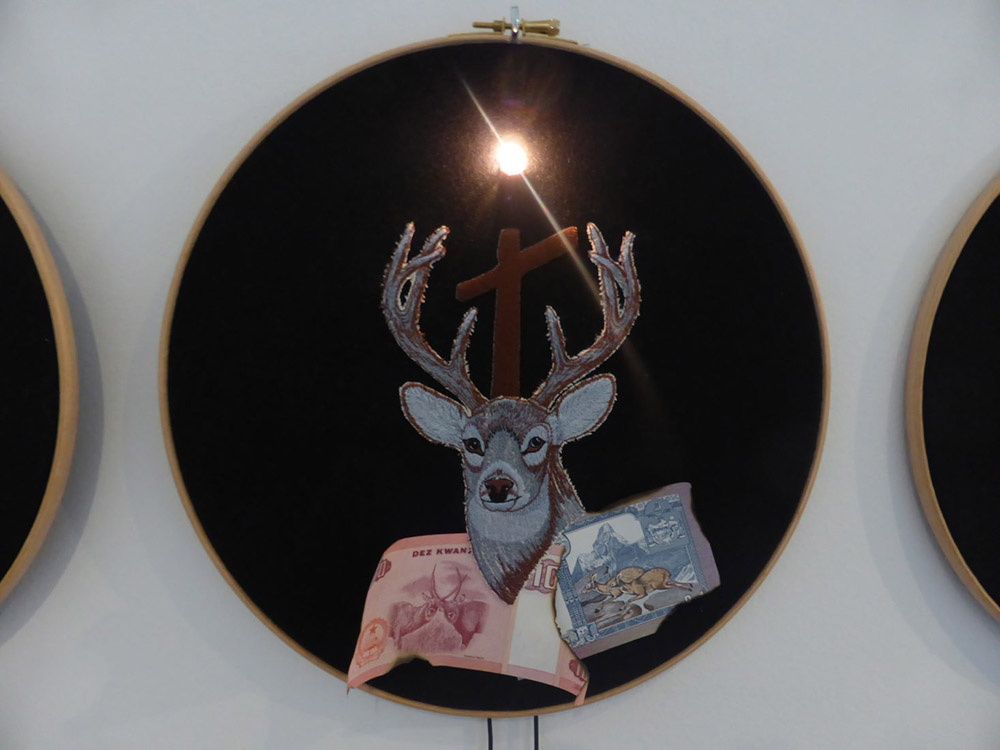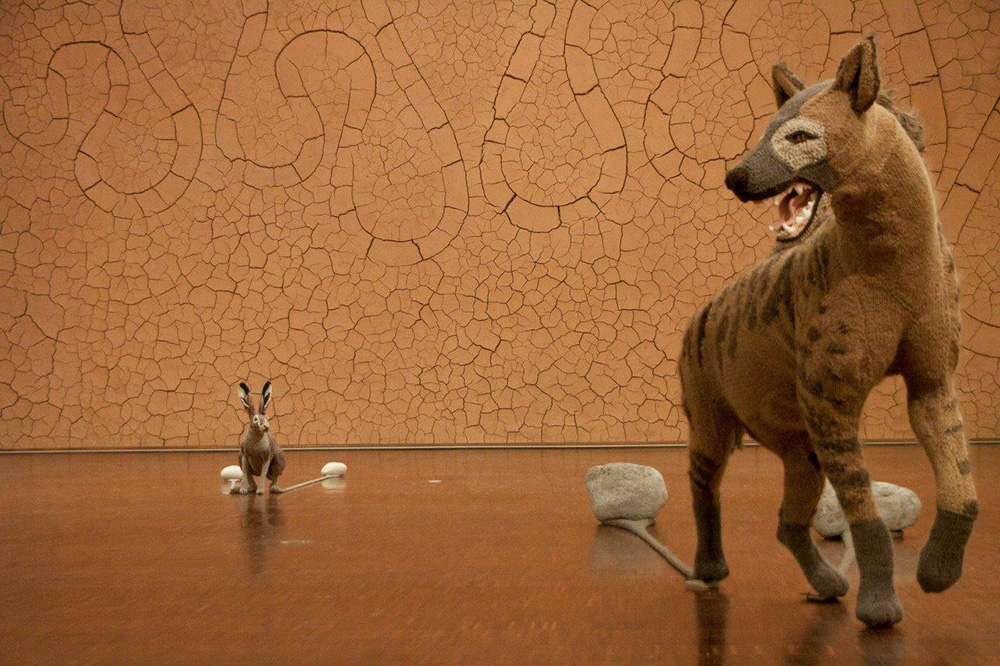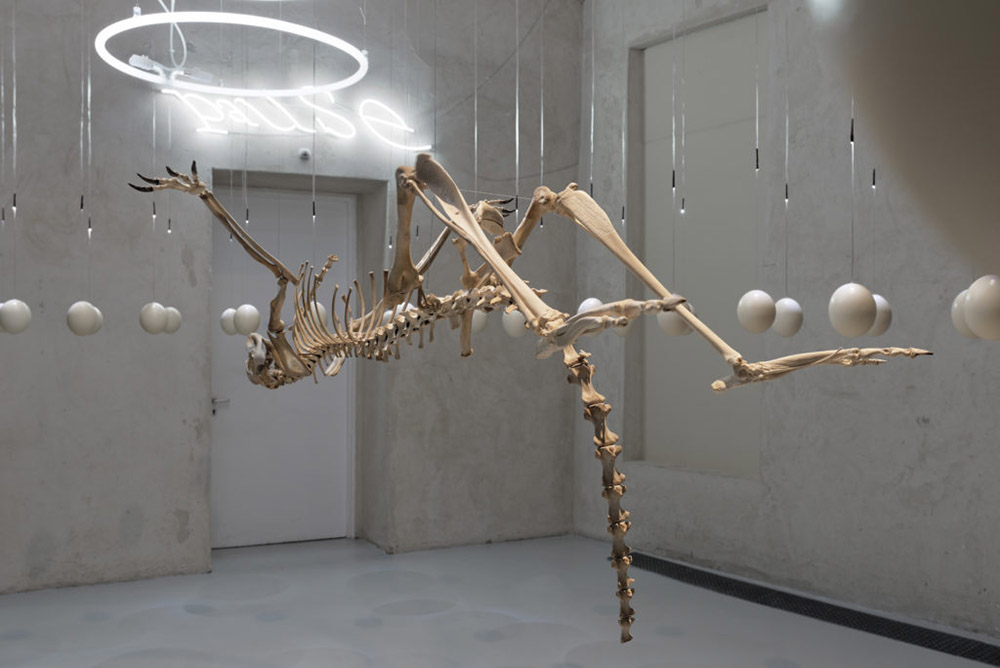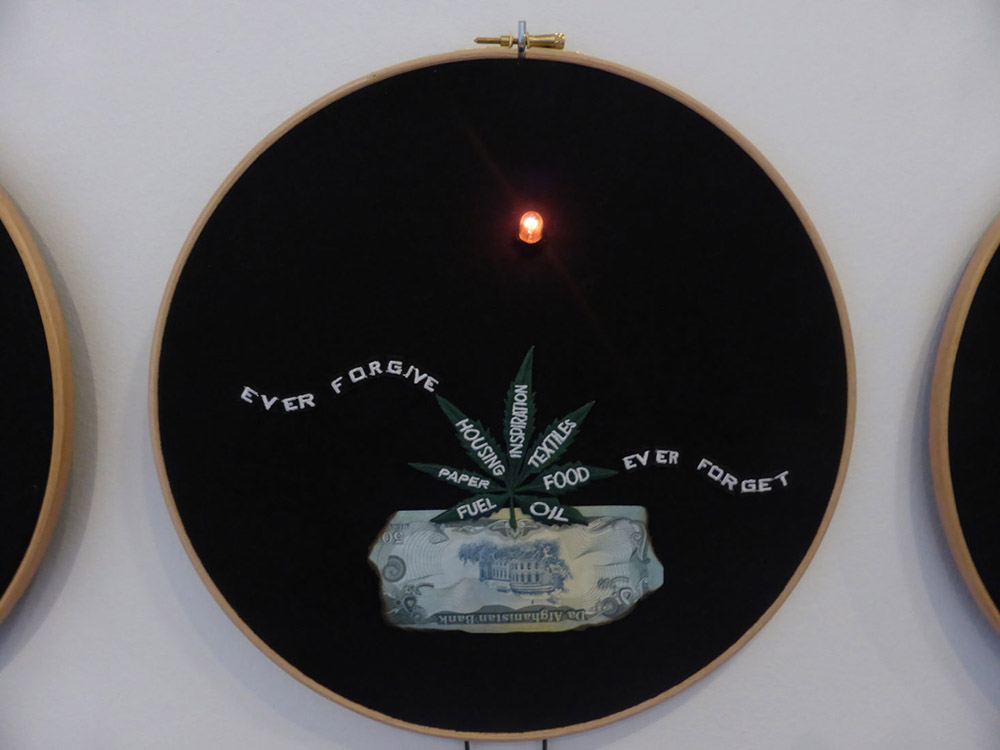ART CITIES:Paris-Art Orienté Objet
The Art Orienté Objet duo that was formed in Paris in 1991 by Marion Laval-Jeantet and Benoît Mangin, since then the artists have been putting forth a series of projects that take us into a journey conceived to blur the constraints of what it is to be human and our relationship with animals. Theirs is a multidisciplinary approach to subjects like biology, behavioural sciences (ethology, psychology), ecology, and animal experimentation but also ethics and emotional existence, brutal in conception, but delicate and meticulous in the execution.
By Efi Michalarou
Photo: Galerie Les Filles du Calvaire Archive
The exhibition “Art Orienté Objet” brings together a series of recent, multiform works (installations, sculptures and photographs). The duo has imagined an initiatory route where ecological concerns and Shamanic visions meet to question the multiple confrontations between mythical thoughts and technological realities. Deeply politically engaged, the artists believe in a possible recovery and thus they consider the exhibition as a repairing space, a place where they can give substance to the complex relationships between man, animal and nature. The great German art historian Aby Warburg, father of Kulturwissenschaft and inspirer of iconography, is called here as a tutelary figure for the various prophetic visions arising in his book “A Serpent Ritual”. The German art historian Aby Warburg developed new concepts in the understanding of the cultural expression of human consciousness and behavior.Warburg’s interest in overcoming existential fears was not solely theoretical. Rather, due to his exposure as a German Jew to a time of emerging nationalistic racism, he became sensitized to people dealing with existential fears and the cultural expression thereof. Warburg processed these experiences in his famous lecture and book “A Serpent Ritual”, in which he not only described the decisive elements of the Hopi-religion, but also analysed them in terms of their importance for dealing with a fragile existence in a hostile environment. Warburg’s research is based on a study-trip of several months to the United States, during which he had the opportunity to study the culture of American Indians at the Smithsonian Institute, and also in the Indian’s genuine habitat on the arid plateaus of New Mexico. The study of traditional religion and art, with its primitive and violent emotions, led him back to the supposed origins of religion and culture, where ritual and symbolic processes develop a particular sense of distance, acquired through reflection that allows the sublimating transformations of frightening impressions into a fragile sophrosyne*. The works displayed at the gallery all have in common is a specific concept of the creative process, that the art work has an ethical existence. Artisanal techniques, DIY or durability and recycling issues are taken into account as soon as the different projects are being thought of. There are few exceptions to these precepts taken from what Art Orienté Objet has turned into a manifesto from the beginning: Slow Art. Works that the artists produce require so an unreasonably long time of construction: collecting material as much as production. The kangaroo skeleton in the “Andachtsraum installation” (2014), is the perfect victim of urban expansion is transcended there : its pieced together and carved skeleton embodies -once placed in the center of an acoustic and visual plan designed as a great threedimensional ‘dot painting’- the vertigo that man’s domination over nature plunges us into. In “Tambour apotropaïque ou La machine à conjurer la fin du monde” (1994-2014) another element from the Hopi culture has a central role, the antelope. As Warburg says in the second part of “A Serpent Ritual”, the antelope dance is an agricultural ritual dedicated to the antelope as the animal that brings water from melted snow.
* Sophrosyne is an ancient Greek concept of an ideal of excellence of character and soundness of mind, which when combined in one well-balanced individual leads to other qualities, such as temperance, moderation, prudence, purity, and self-control. In other languages there is no equivalent word.
Info: Galerie Les Filles du Calvaire, 17 rue des Filles-du-Calvaire, Paris, Duration: 4/5-16/6/18, Days & Hours: Tue-Sat 11:00-18:30, www.fillesducalvaire.com




